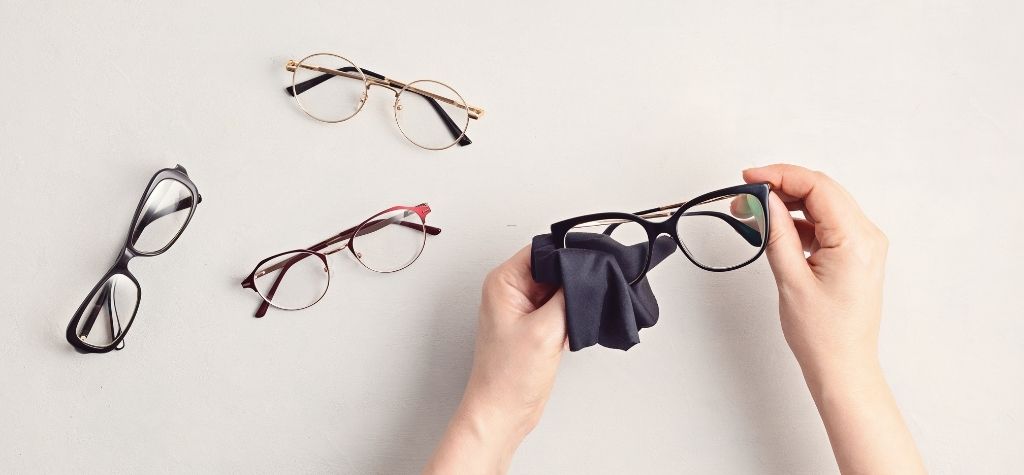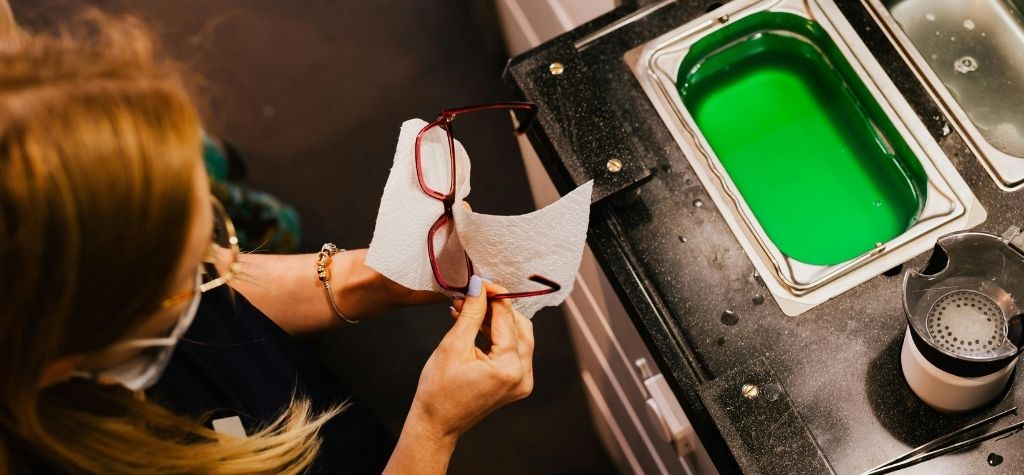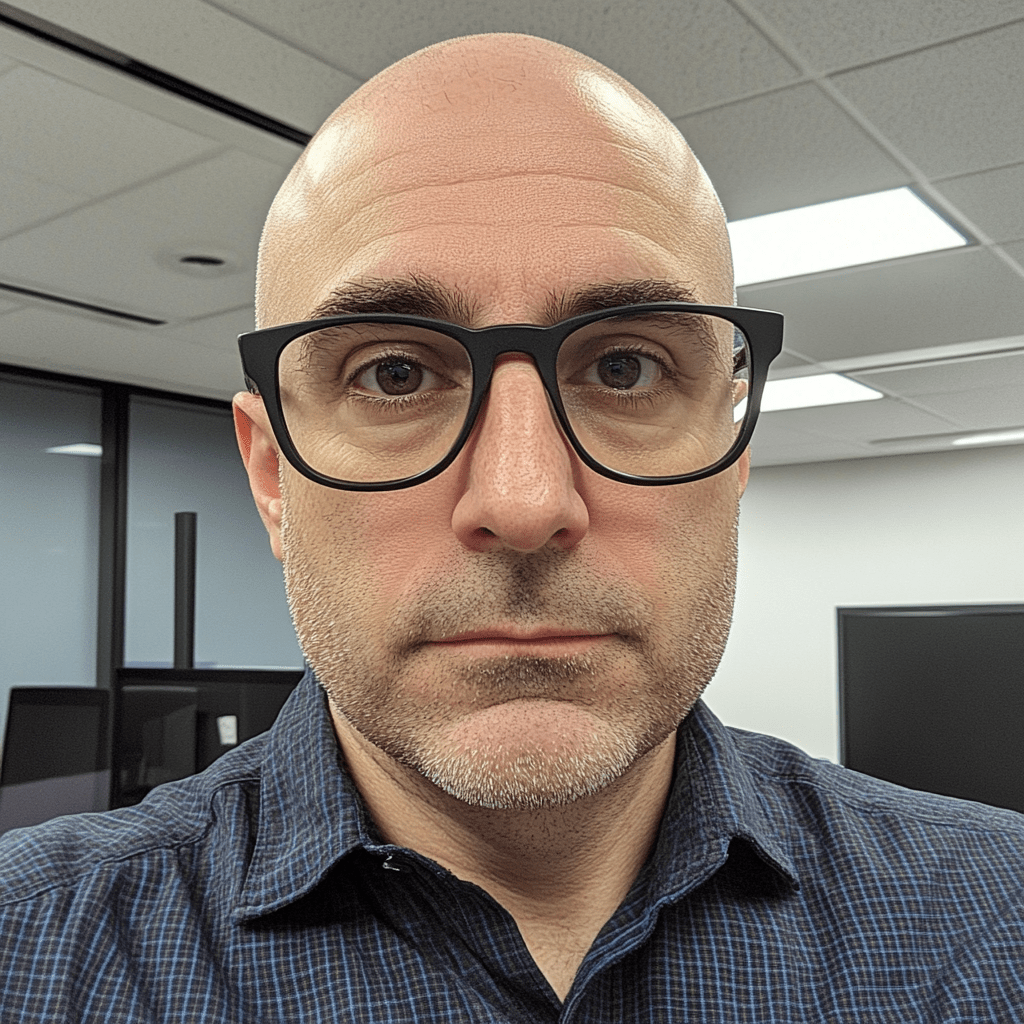Your glasses do more than help you see—they’re also a constant companion that rests on your face all day. Yet, most people only give the lenses a quick wipe and call it a day. What they don’t realize is that there are many hidden areas on glasses that collect dirt, oil, and bacteria, all of which can lead to blurry vision, discomfort, or even breakouts on your skin.
Keeping your glasses clean goes beyond the obvious. Let’s uncover the often-forgotten spots and show you how to properly clean them for clearer vision and healthier skin.
1. The Nose Pads
Nose pads are notorious for trapping oil, makeup, and dead skin cells. These tiny components sit directly on your skin and absorb everything from your pores. Over time, they can turn yellow or feel sticky. Neglecting them can lead to discoloration, skin irritation, or even foul smells.
Cleaning Tip: Use a soft-bristled toothbrush dipped in soapy water to gently scrub the pads once a week. If they’re silicone, replace them every few months for hygiene.
2. The Frame Hinges
Every time you fold your glasses, dust and debris sneak into the hinges. Sweat and moisture can also cause corrosion in metal frames.
Why it matters: Dirty hinges affect how smoothly your glasses open and close. They can loosen over time, affecting fit and durability.
Cleaning Tip: Use a cotton swab moistened with rubbing alcohol to clean inside the hinges. For deeper cleaning, consider a glasses repair kit with tiny screwdrivers.
3. The Bridge of the Glasses
This is the section that sits across your nose—an area prone to sweat and sebum. It often collects gunk that can be invisible to the eye but causes glasses to slide.
Cleaning Tip: Wipe the bridge daily using a microfiber cloth and a lens-safe cleaning spray. For deeper buildup, use a small brush.
4. The Earpieces (Temple Tips)
These tips rest behind your ears and are constantly exposed to hair products, sweat, and natural oils.
Why it’s important: Build-up here can make the tips sticky, cause breakouts, or leave residues on your hair.
Cleaning Tip: Use warm water and gentle dish soap. Be sure to rinse and dry thoroughly to prevent moisture from seeping into the frame.
5. Under the Lens Edges
If your lenses are set into the frame, dirt and dust can collect underneath, especially if you wear your glasses outdoors.
Cleaning Tip: Use dental floss or an interdental brush to carefully run along the edge where lens meets frame.
6. The Screws and Joints
Tiny screws hold your glasses together—but they also hold onto grime. Accumulated debris here can make them rust or fall out.
Cleaning Tip: Check screws weekly. Use a cleaning wipe around the joints and consider occasional tightening.
7. The Nose Bridge Pad Area (Especially for Silicone Pads)
This area collects sweat and facial oils fast, and bacteria love it. If left unchecked, it can cause discoloration and skin problems.
Cleaning Tip: Use rubbing alcohol with a cotton swab. Replace pads if they’ve discolored or hardened.
8. The Bottom of the Lenses
Tears, sweat, and condensation naturally flow downward, leaving residues that affect clarity and even collect dust.
Cleaning Tip: Hold glasses upside down and rinse under lukewarm water. Follow up with a microfiber cloth.
9. Behind the Lens (Near Frame Rim)
The hidden rim where lens meets frame on the backside often goes unnoticed. This spot harbors fog, smudges, and particles that impact vision quality.
Cleaning Tip: Use a lens-safe brush or air blower to dislodge particles before wiping with lens cleaner.
Cleaning Mistakes to Avoid

- Avoid using paper towels, napkins, or tissues—they scratch lenses.
- Don’t use vinegar or window cleaner—they can strip protective coatings.
- Never use hot water, as it may warp plastic frames or damage coatings.
Tools and Products for Effective Eyewear Cleaning
| Recommended Tool | Purpose |
|---|---|
| Microfiber cloth | Scratch-free wiping |
| Lens spray | Safe cleaning without streaks |
| Soft toothbrush | Ideal for crevices |
| Eyewear cleaning pen | Double-sided tool for hinges and lenses |
| Ultrasonic cleaner | Professional-level deep cleaning |
How Often Should You Clean Your Glasses?
- Daily: Wipe lenses and nose pads.
- Weekly: Clean hinges, frames, and earpieces.
- Monthly: Deep clean or consider professional service.
Pro Tip: If your glasses fog up frequently or start to slip, it’s a sign they need a clean.
Professional Eyewear Maintenance Tips
- Visit an optician every few months for adjustments and ultrasonic cleaning.
- Professionals can replace worn-out nose pads and realign bent frames.
- Ask for hypoallergenic pads if you have sensitive skin.
Eco-Friendly and DIY Glasses Cleaning Options

Looking to avoid commercial chemicals?
DIY Natural Solution: Mix 3 parts water, 1 part white vinegar, and a drop of dish soap. Spray lightly and wipe with microfiber cloth.
Sustainable Habits:
- Use reusable cloths.
- Avoid single-use wipes.
- Store glasses in a clean, hard case.
FAQs
How do I clean hard-to-reach areas of my glasses?
Use interdental brushes or cotton swabs with mild soap or alcohol. They’re perfect for hinges and under-lens areas.
Are there tools designed specifically for glasses cleaning?
Yes! Eyewear cleaning kits often include lens pens, mini brushes, and microfiber cloths.
Can I use soap and water on all types of glasses?
Yes, but ensure it’s mild, fragrance-free dish soap. Rinse thoroughly and dry with a microfiber cloth.
How often should I deep clean my glasses?
At least once a month—or more often if exposed to dust, sweat, or makeup daily.
What happens if I don’t clean the nose pads?
They can discolor, smell, or cause breakouts. Dirty pads also degrade faster.
Can dirty glasses damage my skin or cause acne?
Yes. Oil and bacteria from glasses can clog pores, especially on the nose and behind ears.
Final Thoughts: Seeing Clearly Through Clean Lenses
Clean glasses mean clear vision, comfort, and confidence. By paying attention to these 9 often-forgotten spots, you’re not just caring for your eyewear—you’re also taking better care of your eyes and skin. A little regular maintenance goes a long way.

